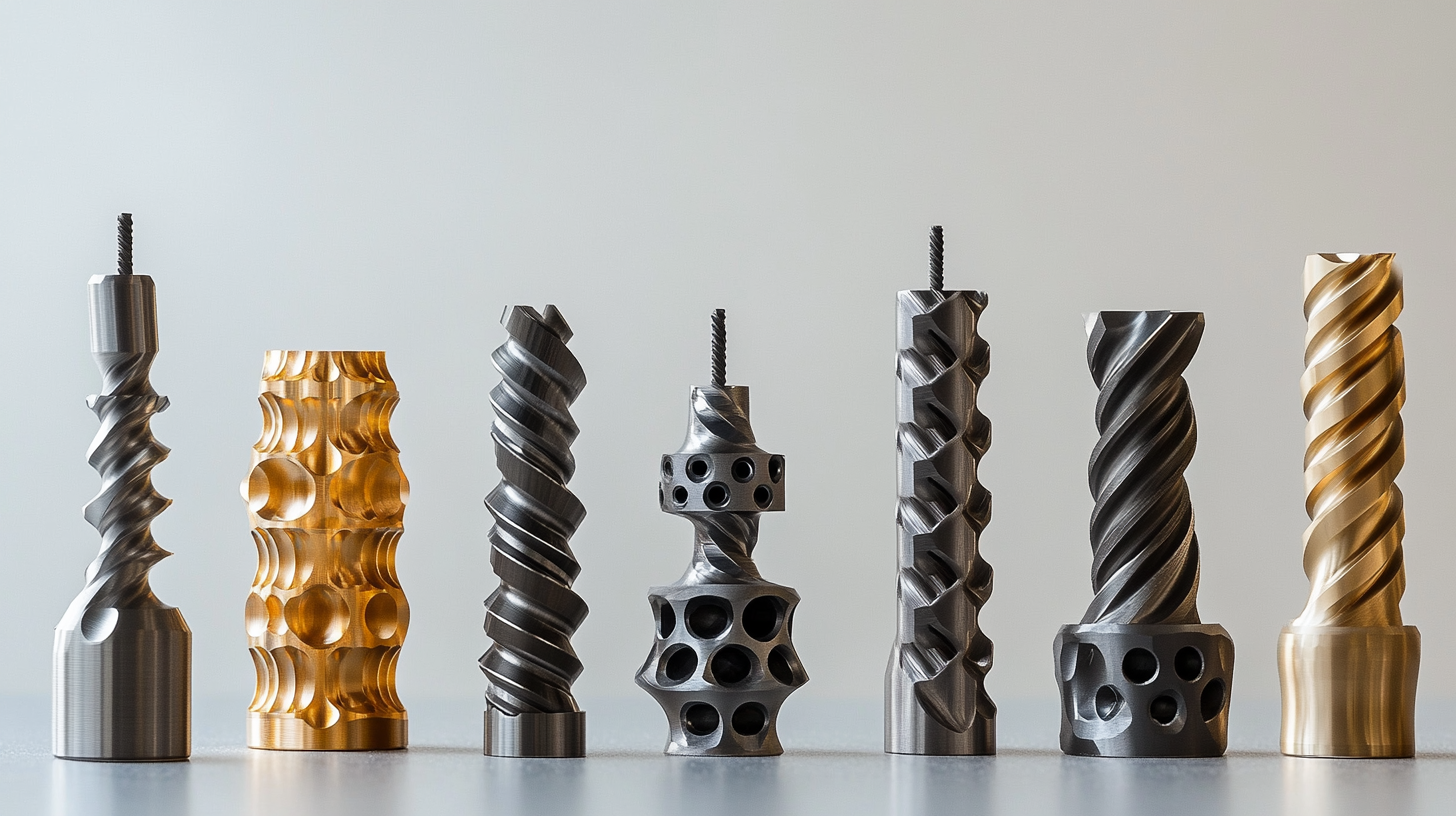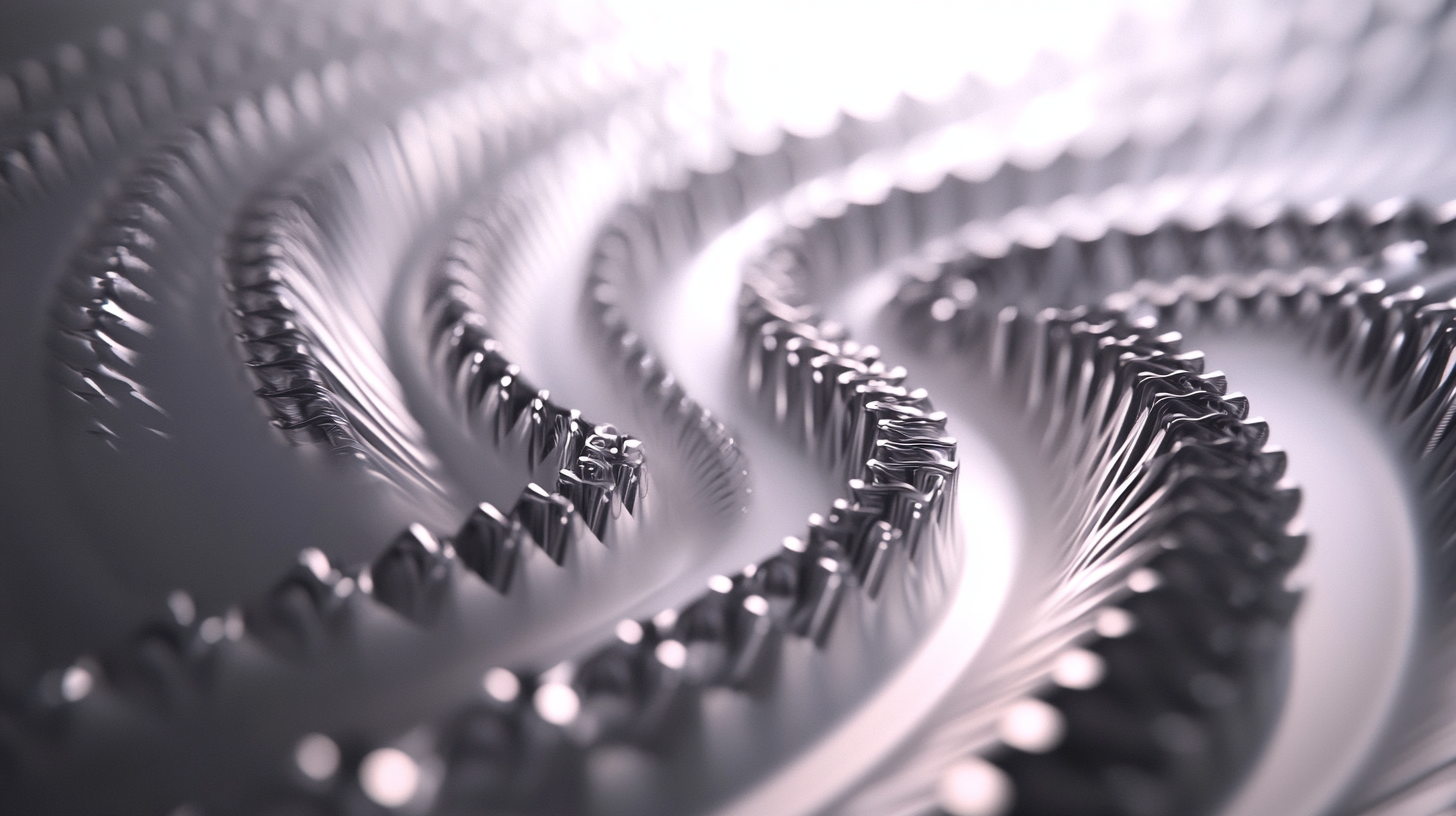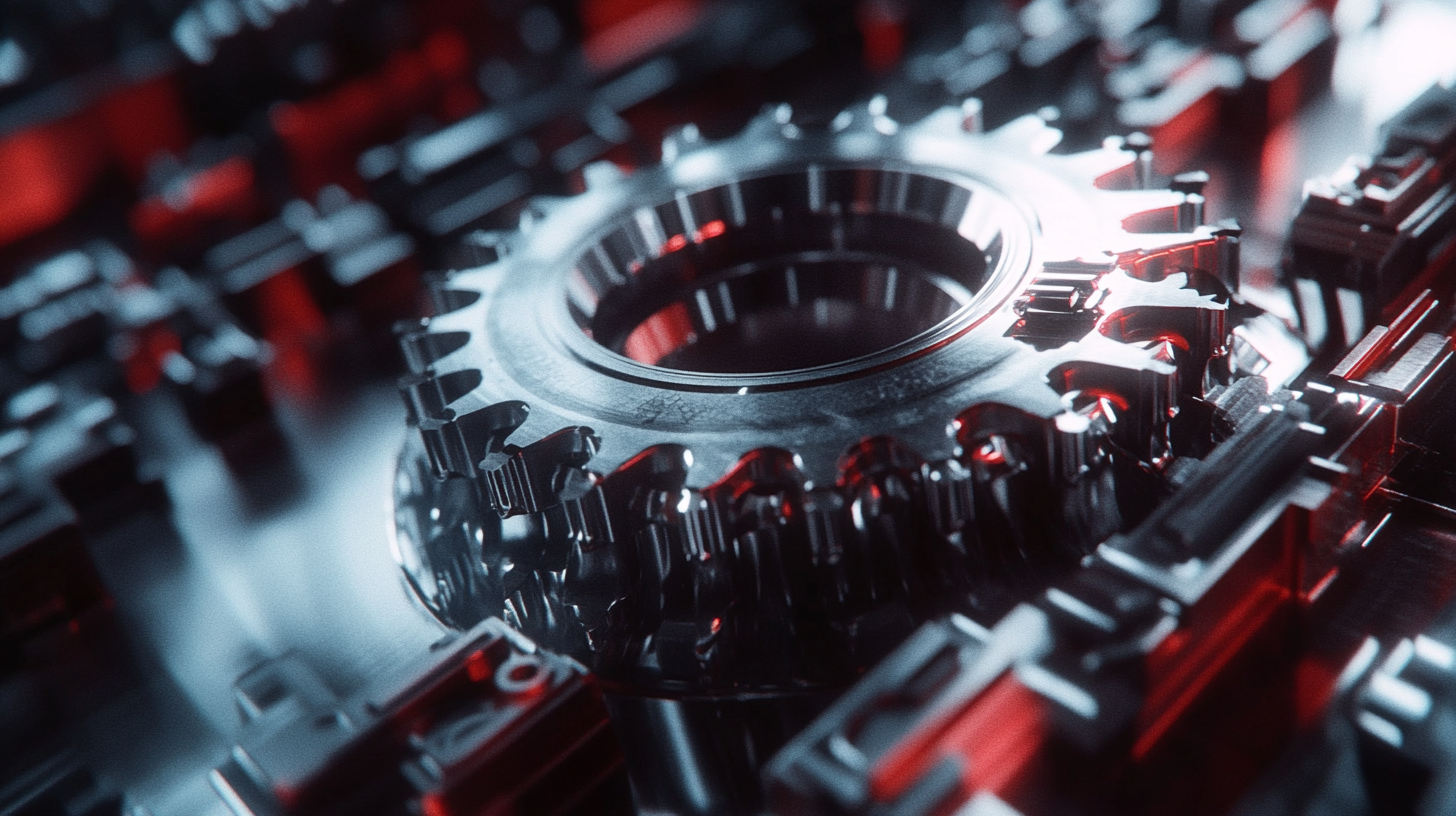Innovative Evolution of Hole Drill Bits in 2025 Shaping the Future of Efficient Manufacturing
In the rapidly advancing landscape of manufacturing, the significance of precision tooling cannot be overstated, and at the forefront of this evolution are Hole Drill Bits. As we step into 2025, industry leaders are revolutionizing the design and functionality of these essential tools, paving the way for unprecedented efficiency and productivity in various applications. The innovative technologies being integrated into Hole Drill Bits are not only enhancing performance but also optimizing cost-effectiveness, thus shaping the future of efficient manufacturing. This blog will explore the transformative advancements in Hole Drill Bits that are redefining drilling processes, improving material compatibility, and addressing the ever-growing demands for sustainability in manufacturing practices. Join us as we delve into the future of Hole Drill Bits and their paramount role in driving manufacturing excellence in the coming years.

Emerging Technologies Revolutionizing Hole Drill Bit Designs in 2025
The landscape of hole drill bit technology in 2025 is shaped significantly by emerging innovations that enhance efficiency in manufacturing and resource extraction. Recent advancements highlight the importance of selecting polycrystalline diamond compact (PDC) bits optimized for specific applications, such as deviated wells in the Majnoon Field in Iraq. According to industry studies, precise drill bit selection can reduce drilling complications by over 30%, enhancing hole cleaning characteristics and prolonging bit life. This optimization not only preserves equipment but also improves overall drilling performance, making it critical for operators in challenging environments.
On the frontier of drilling technology, Houston startup Quaise Energy is redefining the process of deep drilling through revolutionary techniques that eliminate the traditional reliance on drill bits. By leveraging advanced fusion technology, the company aims to penetrate deeper into the Earth than ever before, potentially accessing geothermal energy sources in a cleaner, more efficient manner. This method of drilling can tap into supercritical geothermal resources, providing virtually limitless energy. As the industry continues to embrace these innovations, the evolution of hole drill bits is poised to enhance manufacturing capabilities and drive sustainable practices forward. The integration of such cutting-edge technologies will undoubtedly shape the future of drilling, transforming how we harness the Earth's resources.
Innovative Evolution of Hole Drill Bits in 2025
This pie chart illustrates the distribution of emerging technologies in hole drill bit designs for efficient manufacturing. The data points represent various technological advancements and their estimated market share in 2025.
Sustainability in Manufacturing: The Role of Eco-Friendly Drill Bits
As we move towards 2025, the manufacturing industry is witnessing a transformative shift towards sustainability, particularly in the development of eco-friendly drill bits. The integration of innovative designs and materials enhances drilling efficiency while minimizing environmental impact. A notable advancement in this field is the emergence of biosynthesized nanofluid systems, which use natural surfactants to improve performance and reduce damage to hydrocarbon resources. Such solutions reflect the growing trend towards sustainable practices in manufacturing, aligning with the industry's commitment to reducing its carbon footprint.
Furthermore, companies like Bosch Power Tools are leading the way by launching products that not only extend the life of tools—such as their new Bulldog Xtreme8™ SDS-plus concrete drill bits—but also emphasize responsible production. These developments indicate a broader movement within the industry to adopt green technologies and materials. The anticipated growth in the green building materials market underscores the rising demand for sustainable solutions, indicating that the future of manufacturing will be heavily influenced by innovation and collaboration in eco-friendly practices.

Enhanced Performance: Smart Features in Next-Gen Hole Drill Bits
The future of manufacturing is increasingly intertwined with innovative advancements in tools, particularly hole drill bits. In 2025, the emergence of next-generation hole drill bits promises enhanced performance through smart features that address the evolving demands of the industry. These smart drill bits will utilize cutting-edge technology to significantly improve precision and efficiency in various drilling applications.
One of the key innovations anticipated is the integration of intelligent sensors that can provide real-time feedback on drilling conditions. This capability will enable operators to adjust techniques instantly, reducing wear on tools and optimizing drilling parameters for diverse materials. Moreover, the enhanced design of the drill bits, particularly advancements in edge treatment and material selection, will contribute to longer life spans and better performance under the toughest conditions.
As manufacturers embrace these advancements, the need for tradition will diminish, leaving room for smart solutions that elevate productivity and efficiency. The combination of performance-enhancing features and advanced technology positions next-gen hole drill bits at the forefront of the manufacturing landscape, ensuring that industries can meet their challenges head-on with innovative and effective tools.

Cost Efficiency and Productivity: How Modern Drill Bits Transform Operations
In 2025, the manufacturing landscape is witnessing a remarkable transformation, largely driven by the innovation in hole drill bits. These modern tools are not just about creating holes; they are revolutionizing how operations are conducted, focusing on two significant aspects: cost efficiency and productivity. Traditional drill bits often lead to increased material wastage and time-consuming processes. In contrast, contemporary models are engineered to enhance precision and reduce the need for rework, enabling manufacturers to streamline their operations and lower costs.
The integration of advanced materials and smart technology into drill bit design has yielded significant improvements in performance. For instance, high-speed steel and carbide-tipped bits offer greater durability and longevity, which reduces the frequency of replacements. Furthermore, features such as self-feeding mechanisms and cooling designs allow for quicker drilling times and less wear on the tools, ultimately ensuring that production cycles are optimized. As businesses increasingly prioritize efficiency, investing in these innovative drill bits proves to be a game-changer, allowing for faster turnaround times and enhanced output capabilities while keeping operational costs in check.
Innovative Evolution of Hole Drill Bits in 2025 Shaping the Future of Efficient Manufacturing
| Feature | Description | Impact on Manufacturing | Cost Efficiency (%) | Productivity Increase (%) |
|---|---|---|---|---|
| Material Technology | Use of advanced alloys and composites. | Increased durability and lifespan. | 20% | 15% |
| Design Optimization | Enhanced geometry for better cutting. | Reduction in energy consumption. | 25% | 20% |
| Smart Technology | Integration of IoT sensors for real-time monitoring. | Proactive maintenance and reduced downtime. | 30% | 25% |
| Eco-Friendly Solutions | Sustainable materials and processes. | Reduction of waste and environmental impact. | 15% | 10% |
Future Trends: What to Expect in the Hole Drill Bit Market Beyond 2025
As we delve into the future of the hole drill bit market beyond 2025, several key industry trends emerge that could redefine manufacturing efficiency. Innovations in material science are expected to enhance the durability and performance of drill bits, with advancements in coatings and composite materials. These developments not only prolong tool life but also improve cutting efficiency, allowing for faster and more precise drilling processes. Companies are likely to invest heavily in research and development to create bespoke solutions that cater to specific industry needs, particularly in sectors like construction and mining.
Additionally, the rise of automation and smart manufacturing will play a critical role in shaping the future of hole drill bits. With the integration of IoT technology, manufacturers can expect real-time monitoring and predictive maintenance, which minimizes downtime and optimizes the performance of drilling operations. This trend aligns with the broader push towards Industry 4.0, signaling a move towards a more interconnected and efficient production environment. As manufacturers adapt to these technological advancements, the demand for innovative drill bits that meet modern performance standards will only increase, setting the stage for a transformative era in manufacturing.
Innovative Evolution of Hole Drill Bits: Trends and Projections for 2025
This bar chart illustrates the projected growth in demand for various types of hole drill bits from 2023 to 2025. As manufacturing technologies evolve, the efficiency and innovation in drill bit design are expected to significantly drive market dynamics.